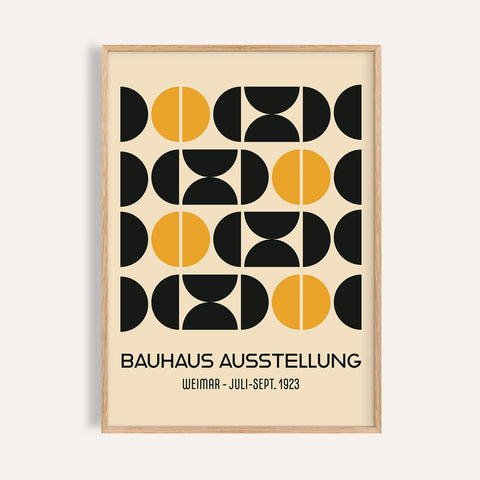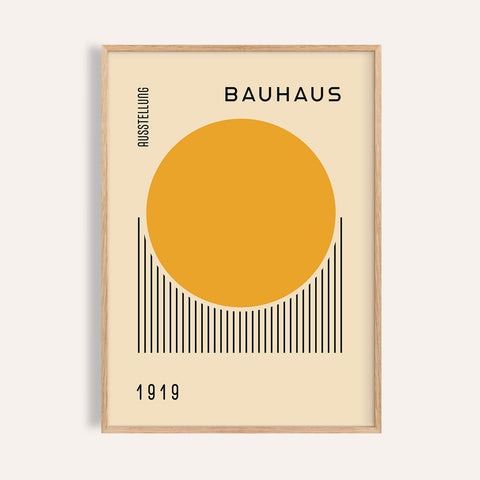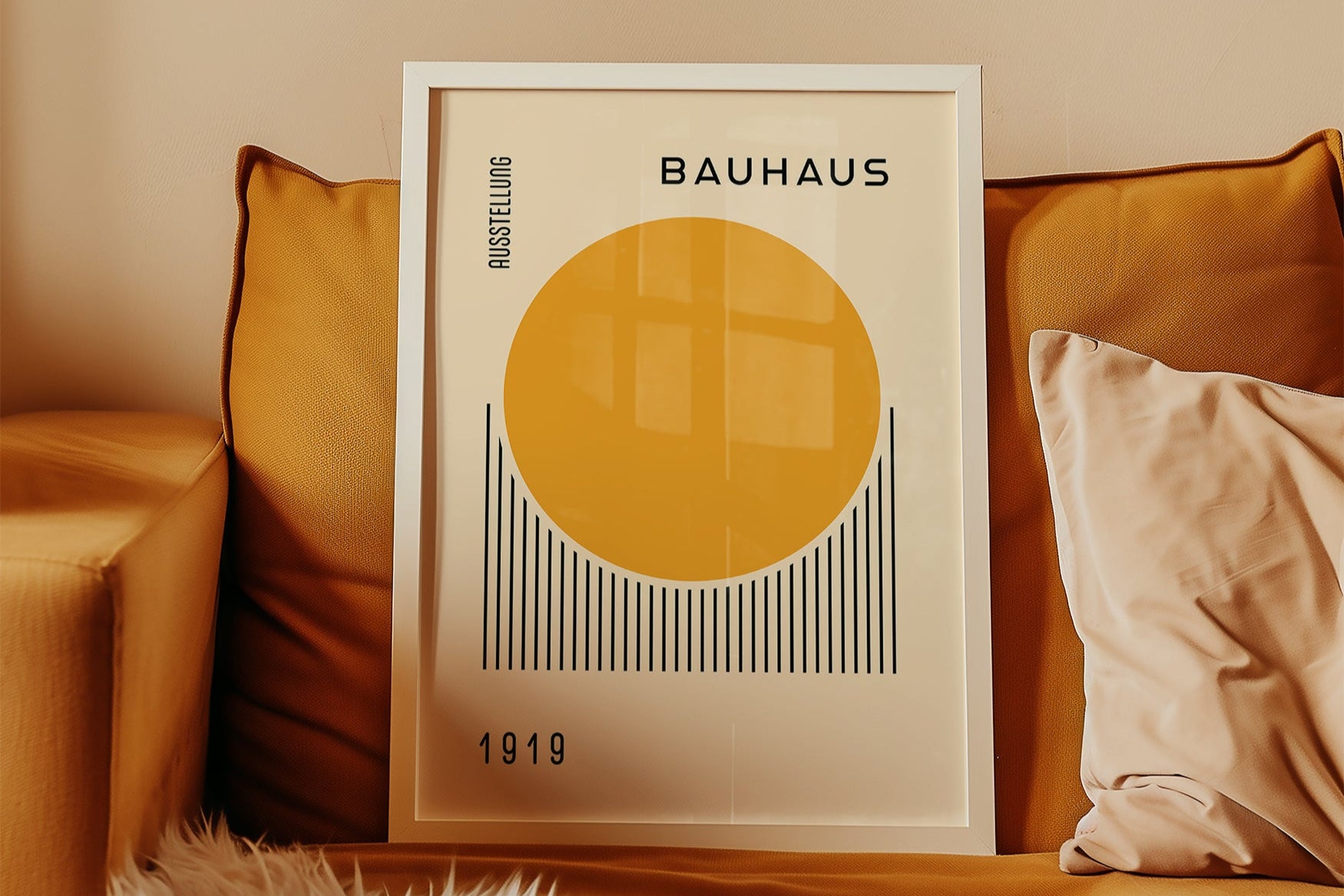Framed vs. Unframed Minimalist Posters: What to Choose
When it comes to minimalist posters, how you display the art can be just as important as the design itself. A frame can add structure, contrast, or warmth. An unframed poster can feel effortless, flexible, and raw. Both approaches work in modern spaces—it all comes down to what your space needs, and how you want the artwork to interact with the room.
When to Choose a Framed Poster
Framing adds definition. It draws a line between your wall and your artwork, turning a simple poster into a visual anchor. In minimalist rooms, this clarity can make a big difference. If your space feels open and airy, a framed print helps ground the composition and guide the eye.
Choose a frame when:
- You want a clean, polished finish
- You’re building a gallery wall with consistent structure
- Your poster has lots of negative space that benefits from boundary
- You’re placing art above key furniture like sofas or beds
Framed prints also protect the poster over time—especially if you’re using high-quality archival materials or want to change artwork seasonally.
Best Frame Styles for Minimalist Art
- Thin wood frames: Oak or ash brings warmth and natural tone
- Matte black: Adds contrast and structure in monochrome interiors
- White or float-mounted: Enhances subtle tones and open compositions
You can explore options suited for framing in our Bauhaus poster collection.
When to Keep It Unframed
Leaving a poster unframed gives it a softer, more casual energy. It feels lived-in and flexible—perfect for transitional spaces or styling on a budget. Unframed prints are easy to move, layer, or lean. They also work well in rentals where wall mounting might not be possible.
Choose unframed posters when:
- You prefer a relaxed, natural look
- You want to rotate your art seasonally without commitment
- You’re styling a shelf, leaning prints against the wall, or layering textures
- You like the freedom of repositioning your space often
Just be sure to use high-quality paper and avoid moisture-prone areas if you’re leaving prints unframed long-term.
Creative Display Ideas for Both
- Framed: Hang above low furniture, pair with small sculptural decor, or include in symmetrical layouts
- Unframed: Clip with wooden hangers, mount with washi tape, or layer behind objects on floating shelves
Framing feels permanent and gallery-like. Unframed prints feel fluid and personal. You can even mix both approaches in a single room for a more dynamic visual rhythm.
Final Thoughts
There’s no right or wrong way to present minimalist posters—only what feels right for your space. Frames bring clarity and contrast. Unframed prints offer movement and ease. Whichever you choose, do it with intention. That’s what minimalist design is all about.











































